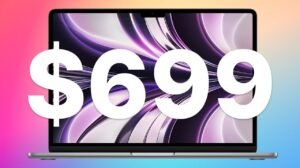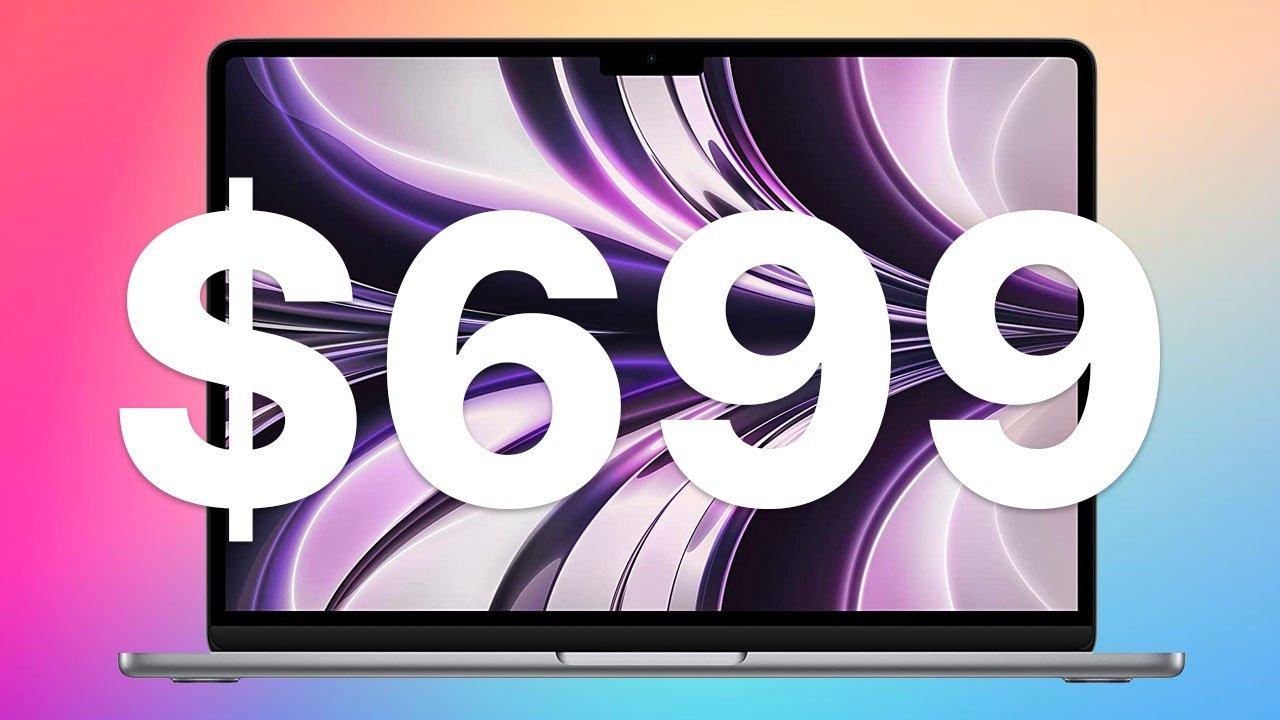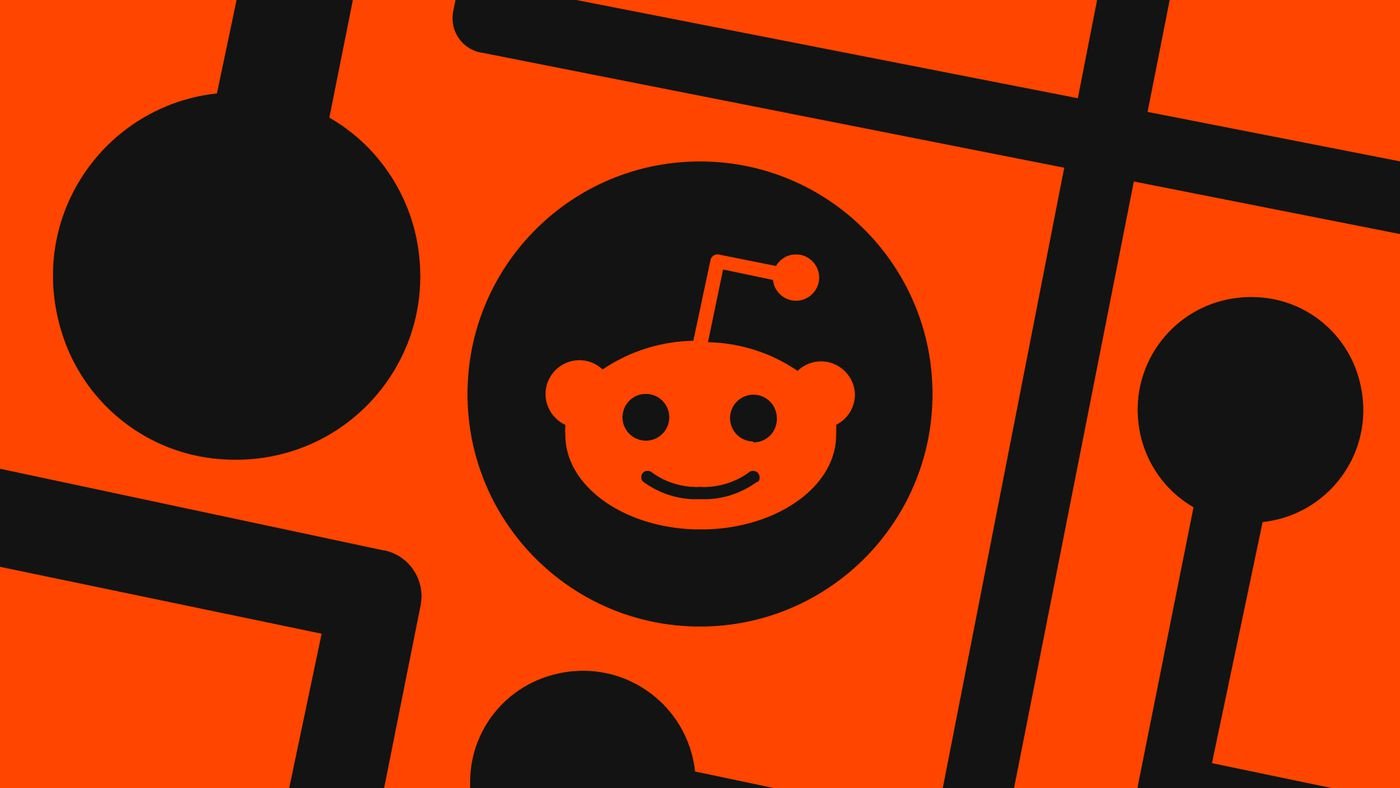In an intriguing development in the tech world, Google has made a decisive move to embed its presence more deeply within the Windows ecosystem. This strategic maneuver involves the rollout of the “Google Essentials” app, a new initiative by the tech giant to consolidate its various services onto Windows laptops, beginning with HP models. This move not only enhances user experience but also signals Google’s ambition to extend its reach within Microsoft’s domain.
Who and What?
Google has launched “Google Essentials,” an app designed as a central hub for its services on Windows platforms. The app provides shortcuts and easy access to popular Google services such as Google Photos, Google Messages, and Google Drive, aiming to streamline the user experience on Windows devices.
When and Where?
The rollout began recently and initially targets HP laptops, including popular lines like Spectre, Envy, Pavilion, and OMEN. Google plans to expand the availability of the Essentials app to more Windows laptops in the future, indicating a broader strategy to integrate more closely with Windows-operated devices.
Why?
This strategic push allows Google to enhance its service accessibility on Windows devices, traditionally dominated by Microsoft’s own software suite. By embedding its services directly into the Windows interface, Google aims to make it more convenient for users to access its ecosystem, potentially increasing user engagement and loyalty.
Deep Dive into Google Essentials
The “Google Essentials” app serves as a gateway to a suite of Google services, designed to offer users a seamless integration of Google’s ecosystem into their Windows devices. It allows users to manage their Google accounts and services directly from their desktops, providing a unified experience that bridges Google and Microsoft’s environments.
User Experience and Benefits
- Centralized Access: Users can manage Google services like Docs, Sheets, and Slides, alongside communications platforms such as Gmail and Google Meet, all from a single location.
- Cross-Device Integration: The app ensures that changes and updates are synced across devices, enhancing productivity for users who operate within Google’s ecosystem across multiple devices.
- Promotional Offers: Google is incentivizing users by offering trials such as a two-month free Google One subscription, which provides additional cloud storage and other benefits.
Privacy and Flexibility
A notable aspect of the Google Essentials app is its optional nature. Google has emphasized that users can uninstall the app or any individual services if they choose, addressing potential concerns about privacy and bloatware.
Analyzing Google’s Market Strategy
Google’s introduction of the Essentials app on Windows laptops can be seen as a direct challenge to Microsoft’s dominance on its home turf. By making its services more accessible and integrated within Windows, Google not only aims to improve user experience but also seeks to carve out a significant presence in an ecosystem that has been traditionally led by Microsoft.
Competitive Edge
The move could potentially shift user preferences by providing an alternative to Microsoft’s built-in apps, which could lead to increased reliance on Google’s services. The strategic placement of Google Essentials could influence the default software choices of users, particularly those who are already invested in Google’s ecosystem through Android and other Google devices.
Google’s foray into the Windows environment with its Essentials app represents a significant strategic step. By integrating its services into Windows laptops, starting with HP, Google is not just enhancing user convenience but is also laying the groundwork for a more extensive presence within the Windows ecosystem. This move could potentially reshape user interactions with technology, fostering a more integrated and cohesive digital experience across platforms.



















Add Comment